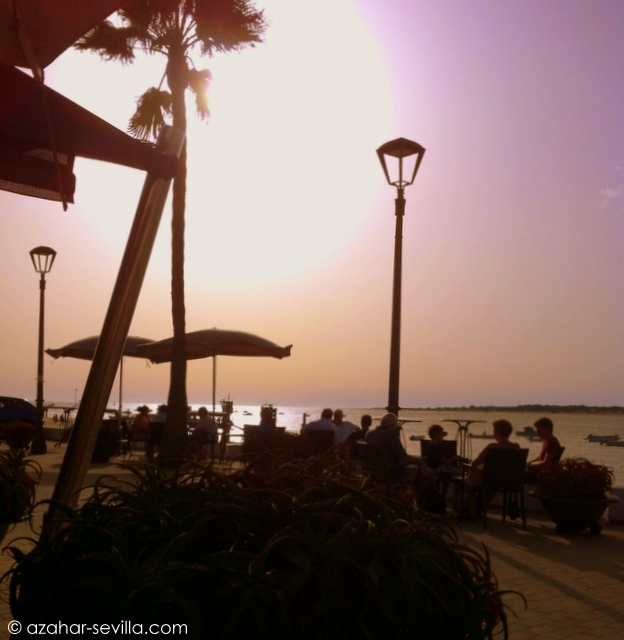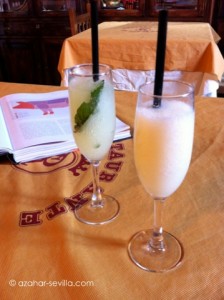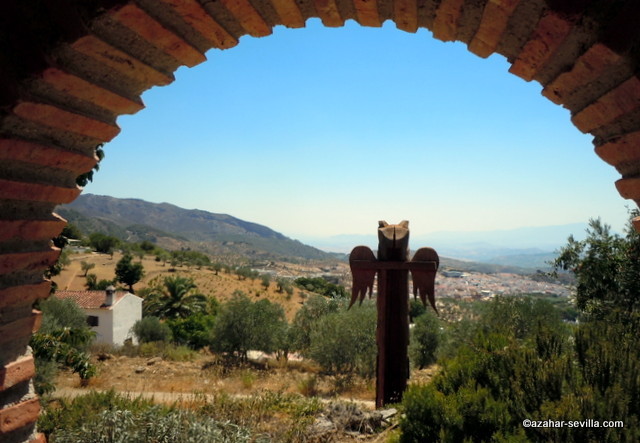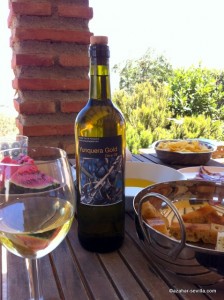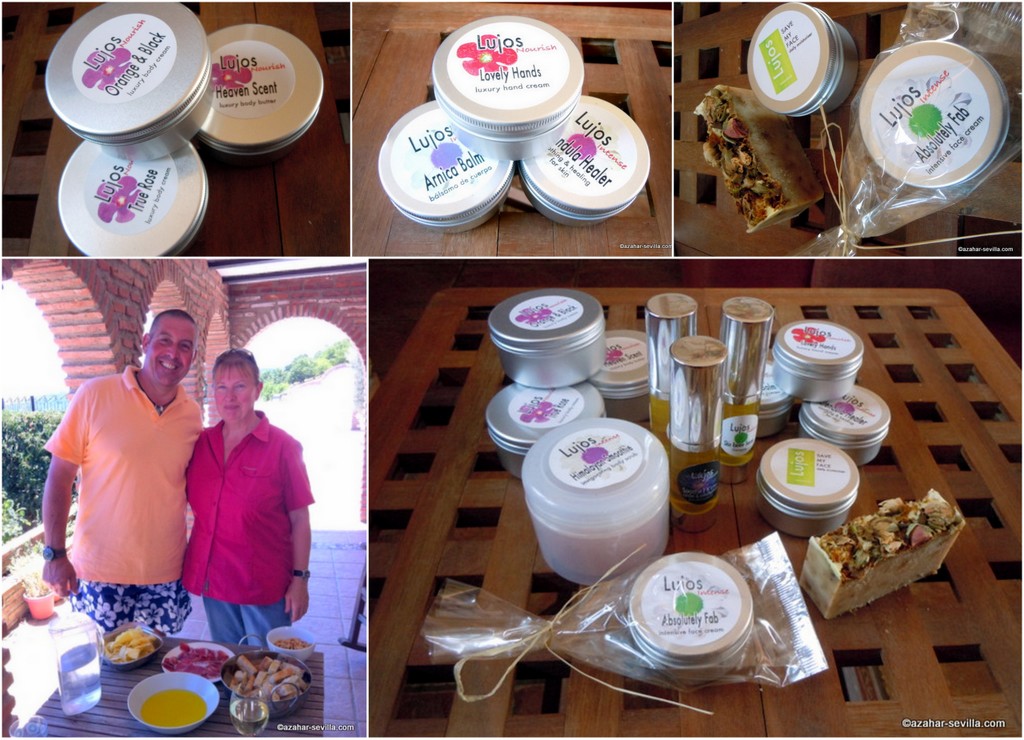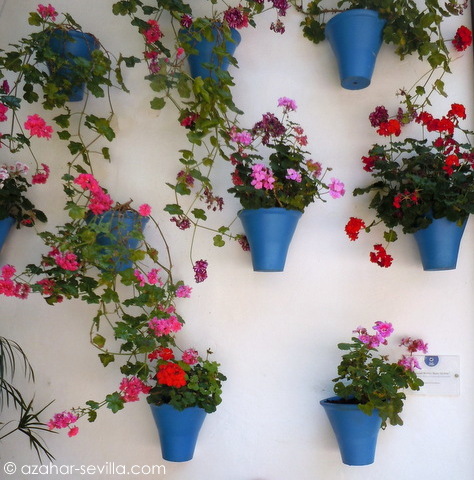 Córdoba is undoubtedly one of the most important historic cities in Europe, with a list of world-class monuments topped by the splendid Mezquita. But it also has quieter, less obvious charms. Among these are the famous Córdoban patios and courtyards (which even have their own festival), decked with flowers, often in the distinctive dark blue flower pots that can be seen all over the cities. Of course, patios and courtyards are not unique to Córdoba, being a typical architectural form all around the Mediterranean, but here they have been developed more than almost anywhere else, and have become almost a local art-form.
Córdoba is undoubtedly one of the most important historic cities in Europe, with a list of world-class monuments topped by the splendid Mezquita. But it also has quieter, less obvious charms. Among these are the famous Córdoban patios and courtyards (which even have their own festival), decked with flowers, often in the distinctive dark blue flower pots that can be seen all over the cities. Of course, patios and courtyards are not unique to Córdoba, being a typical architectural form all around the Mediterranean, but here they have been developed more than almost anywhere else, and have become almost a local art-form.
For this reason no visit to Córdoba can really be considered complete without going to see the Palace of Viana, the Museum of the Patios, and a few days ago I was fortunate enough to be invited to a tour both of the patios and the palace of which they form a part (it was actually my second visit as last year I saw the patios shortly after the museum had opened). In fact, I have only been in summer (first last June and now August) and really must go again in the spring.
[a few of the Palacio de Viana patios]
The palace is known to have existed since the 14th century, and in the 15th became the home of the Don Gome family. In the 17th century it became known as the Rejas (grilles) de Don Gome, because of the barred windows of the patio giving on to the street outside. The original palace occupied a much smaller area than the palace as it is now, but under a succession of owners it has grown and changed over the centuries. In the 19th century, when it was the residence of the Marques de Villaseca, the house of Torres Cabrera, another palace that lay alongside, was taken over in its entirety. In 1902 the Palace became the property of the second Marquis of Viana, and over the next two generations completed its evolution into almost the form we see today. In 1980, on the death of the third Marquis, the Palace was sold to the CajaSur foundation and registered as a monument of national historic importance.
The palace today has twelve courtyards and a garden, intertwined with the various wings and sections of the palace, whose rooms and galleries house important collections of artifacts and artworks, including Breughel and Goya, tapestries and furniture, as well as an impressive library with over 7,000 books. I recommend taking the guided tour of the upstairs rooms. Although it is only given in Spanish there are printed handouts in different languages that give you a brief description of the rooms and collections.
There are also nighttime events and concerts which must be magical in that setting. You can check events, dates and times on the Palacio de Viana website.
Palacio de Viana
Plaza de Don Gome, 2
Córdoba

